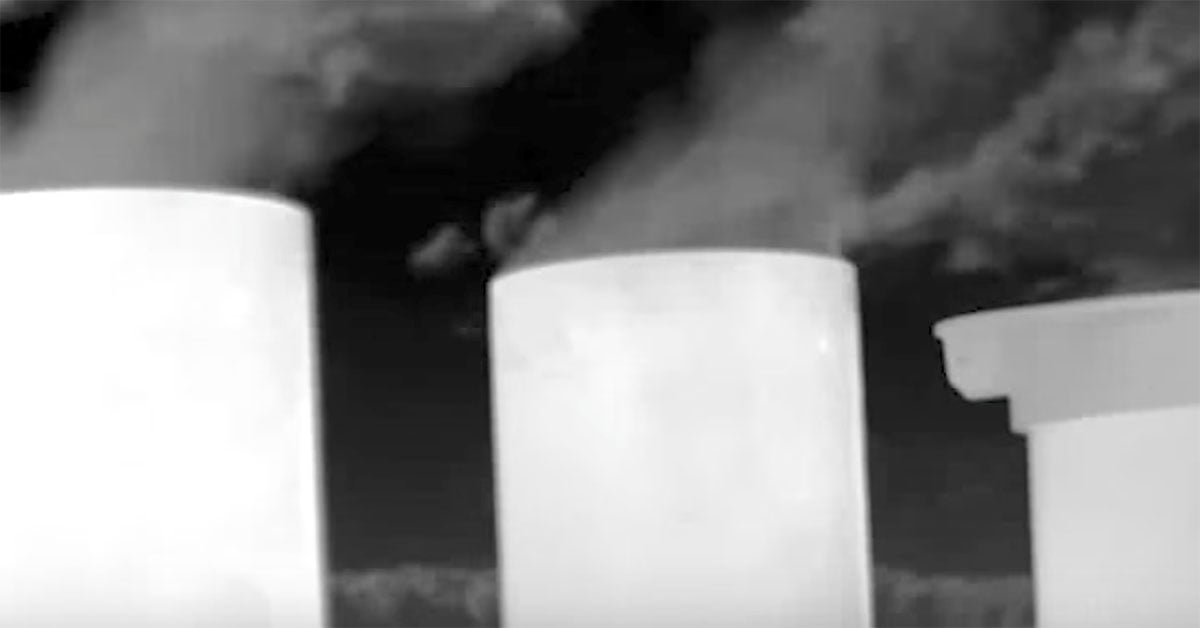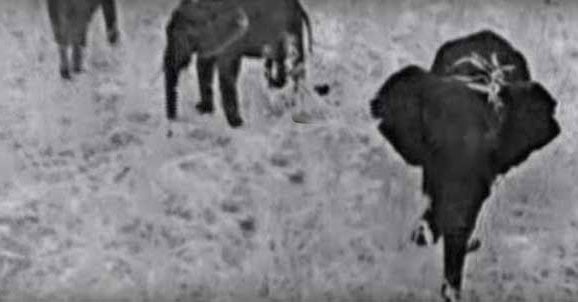International Bat Weekend: Researching the Mexican Free-Tailed Bat


In honor of International Bat Weekend, FLIR is showcasing how thermal technology can help in conservation and research efforts around the world. Today FLIR profiles, Laura Kloepper, Assistant Professor of Biology at Saint Mary’s College in Indiana, and her important research on the Mexican Free-Tailed bat.
Navigating dark caves in remote areas in the southwestern United States is just another day in the life of Laura Kloepper. She spent this summer on the ultimate road trip, giving up the luxury of Wi-Fi and cell service to observe the migration patterns of groups of Mexican free-tailed bats.
Echolocation is the natural phenomenon that has become synonymous with bats. In fact, scientists have been using echolocation in bats and other animals as inspiration for modern sonar devices that we’ve come to rely on. Kloepper wants to study this phenomenon even more in depth, and she needs thermal imaging to do it.
Every year Mexican free-tailed bats migrate from Central and South America to the U.S. and form large colonies to give birth. The female bats travel in dense groups and reach speeds up to 100 km/hr. Everything humans have studied about biology and engineering says that these bats shouldn’t be able to echolocate and fly in such large groups, at such high-speeds. Their echolocation signals should be interfering with others in the group. But these bats have been performing these patterns for millions of years, and they’ve been doing it quite well.
Kloepper knows that we’re missing something, and she’s determined to find out. This is where FLIR’s thermal imaging cameras come into play. Kloepper has been recording the bats’ flight behavior with the SC8000 series, high-speed infrared camera. 8 weeks, 8 different bat caves, and a thermal imaging camera in tow, Kloepper and her team captured some amazing footage. They came home with terabytes of data to analyze.
Kloepper is just beginning her analysis, but she hopes FLIR’s technology can help her unlock the mystery of how these bats echolocate in such large groups, at such high speeds. If she can answer that question, she could hold the key to making our synthetic sonar devices more powerful. See the pictures and video of Kloepper’s summer research here and check out the other interesting stories of how FLIR’s thermal cameras play an instrumental role in bat research and conservation.


